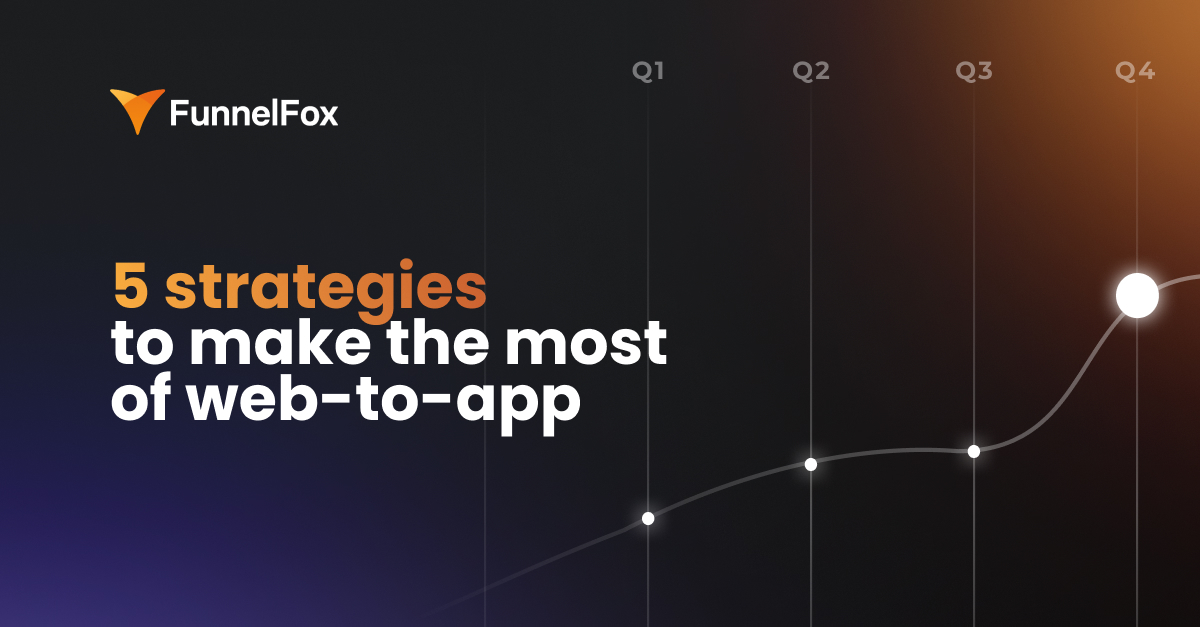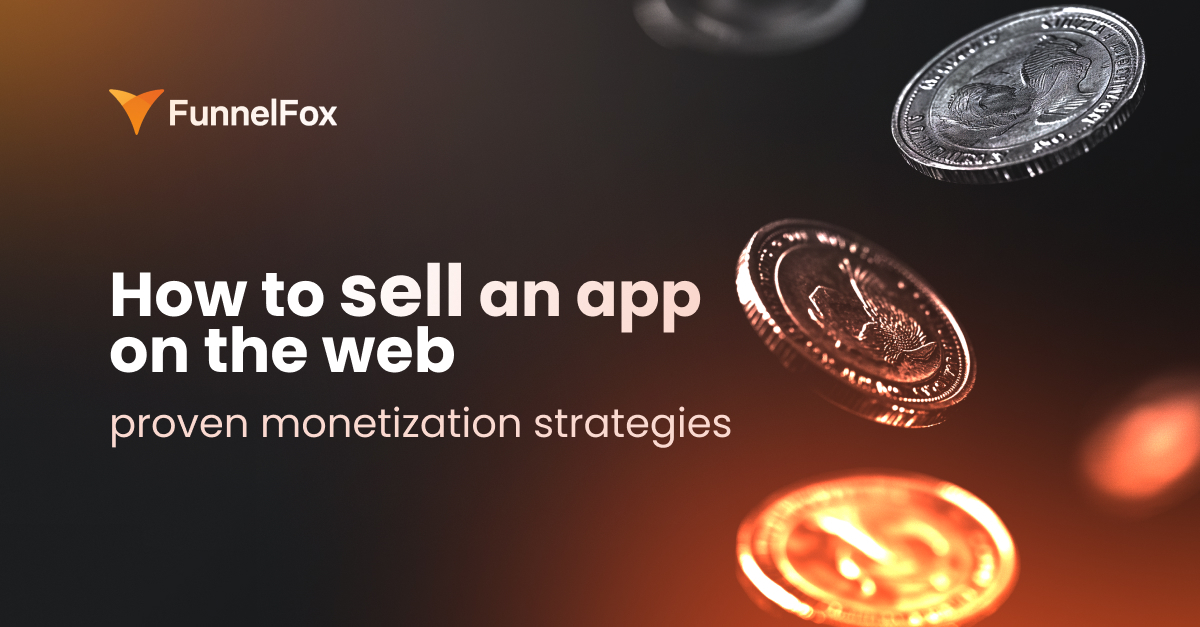Web-to-app funnels can do wonders—but only if approached properly. Mess it up, and you’re burning cash on poor user acquisition, ineffective onboarding, and non-converting paywalls.
So, how do you run an effective web-to-app campaign that brings in the right audience and increases your revenue? Learn 5 tested strategies in this guide.
1. UA campaigns: test a lot, cut the losers early, test cheaper geo first
User acquisition for web-to-app funnels boils down to three key elements: channels, creatives, and targeting. Nail these, and you’re set to scale.
Start with the right channel
Meta should be your go-to channel when you’re starting a web-to-app campaign:
- It’s predictable in terms of auction dynamics and audience behavior
- Inventory is more stable compared to platforms like TikTok
- Creative fatigue hits slower, so you have more time to test and optimize
If you succeeded on Meta, scale to Google (Search, Discovery, and Display Networks) or even affiliate networks. The latter can’t be used for in-store app campaigns due to user attribution restrictions, which fortunately don’t apply to web-to-app campaigns.
Prepare a lot of (we mean it) creatives
Here’s the harsh truth:
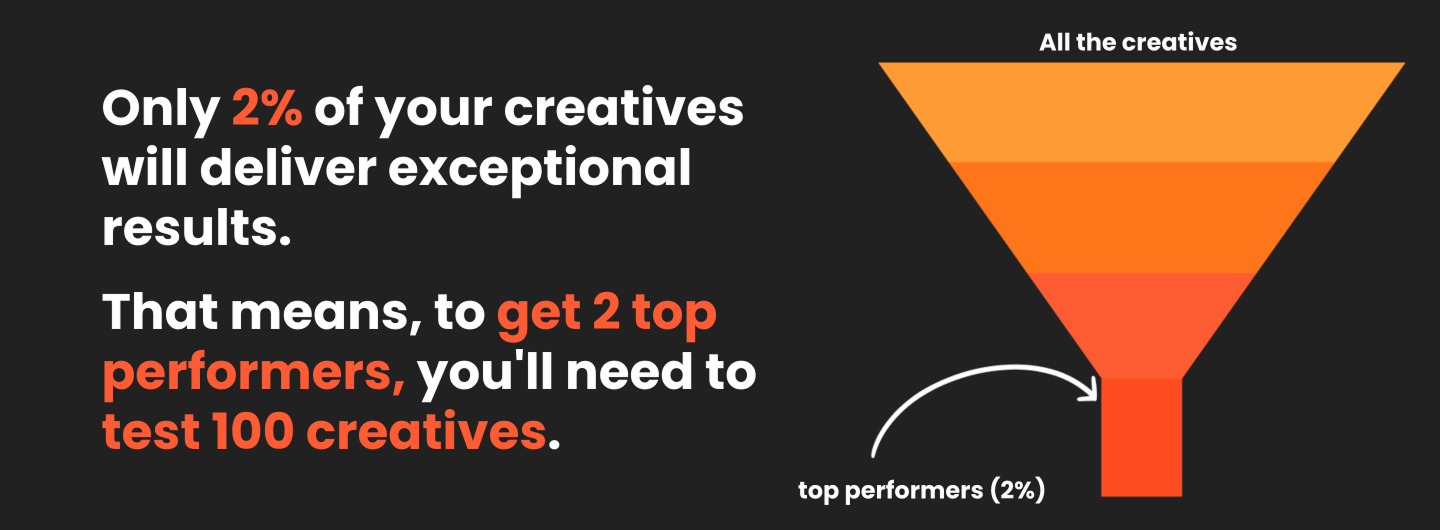
We recommend starting with static ones. They’re cheaper and faster to produce and easier to test at scale. Once you’ve got UA on track, you can experiment with creatives. Depending on the product, video format may work better.
If you’re completely lost on what creatives should even look like, use the clues success leaves. Get inspired—competitors, adjacent verticals. Explore their hooks, storytelling angles, and CTAs, and then adapt them for your funnel.
💡 We get it—testing in your target geo might be expensive. If you aim for the US market, consider launching in Tier-1 English-speaking countries such as Canada, the UK, and Australia first. Once you’ve identified your top-performing creatives, scale them back to the more expensive US market.
2. Bad data kills good campaigns: nail marketing attribution
One of the biggest wins with web-to-app campaigns is solid marketing attribution—don’t blow it.
Set up tracking pixels on all key web pages
Add an advertising pixel (like Meta’s) on your web pages to capture front-end events and feed them back into your ad account for campaign optimization.
Remember that new pixels take time to learn. Early campaigns often show inflated CPAs because the algorithm hasn’t gathered enough data to dial in the right audience. Don’t panic and let the system calibrate.
Integrate server-side event tracking
Meta calls it the Conversion API (CAPI). It works alongside your pixel but captures data directly from your backend, reducing event loss and giving platforms clearer signals for audience optimization.
What events to track:
- Purchase: your main event that helps you optimize for revenue, not clicks
- Page view: to track visits and initial engagement
- Lead: if you’re collecting emails before a purchase
💡 If you’re launching a new web-to-app campaign and seeing sky-high CPAs right out the gate, try optimizing for leads first instead of direct purchases. Capturing emails allows you to run lower-cost tests while still nurturing leads through email and retargeting before they convert.
Implement event deduplication
When you use both pixel-based and server-side tracking simultaneously, the same event might be sent twice—once from the browser and once from the server. This misleads the ad platform and hinders your campaign.
Event deduplication assigns each event a unique identifier and ensures that only one version of the event is recorded by the ad platform, bringing in precise tracking, better optimization, and more accurate attribution.
💡 Before you go all in, run a tech test—$50 or so—to make sure everything works properly. It’s a small price to pay to avoid scaling a broken setup.
3. Build an onboarding that converts
Onboarding flow is where your users either get hooked or bounce. And it’s not about how many screens you have, it’s how effectively you warm potential users up, build trust, and get them ready to commit. Here’s the structure your onboarding should have:

Ask relevant questions
No fluff: every question in your onboarding needs to feel personal and purposeful. The key is to deeply understand your audience, their needs, goals, and painpoints. Run user research, interview people, and explore how different segments respond to your questions to make them sharper and more relevant.
Test onboarding length
There’s no perfect number of screens. Onboarding should be just as long as it’s needed to:
- spark interest
- show the value of your app
- explain what to expect
The best way to figure out what works is to run A/B tests (yes, again).
❓Shall I build a dynamic quiz where users see questions based on their previous answers?
Dynamic onboarding works, but it also complicates funnel tracking and optimization. A better play is to build multiple static versions based on audience segments. This way, you personalize the experience while keeping visibility into what’s actually working.
Craft the paywall with attention to details
The paywall is the crucial point of your web-to-app campaign as it’s where users decide if they’re in or out. To maximize conversions:
- Personalize the offer: tailor plans based on user responses
- Show proof: add social proof like the number of people who use your app, or even UGC content
- Set clear expectations: highlight what the user gets after the purchase
You can also add a bit of FOMO & urgency. Try limited-time offers, countdown timers, and scarcity triggers—but don’t overplay it. Another working element is a personalized progress bar showing users how far they’ve come and how close they are to their goals.
4. Configure proper payment setup
You’ve done the hard job—users are ready to pay. And the last thing you need is a clunky payment flow killing conversions.
Here’s a comparison of two main types of payment providers.
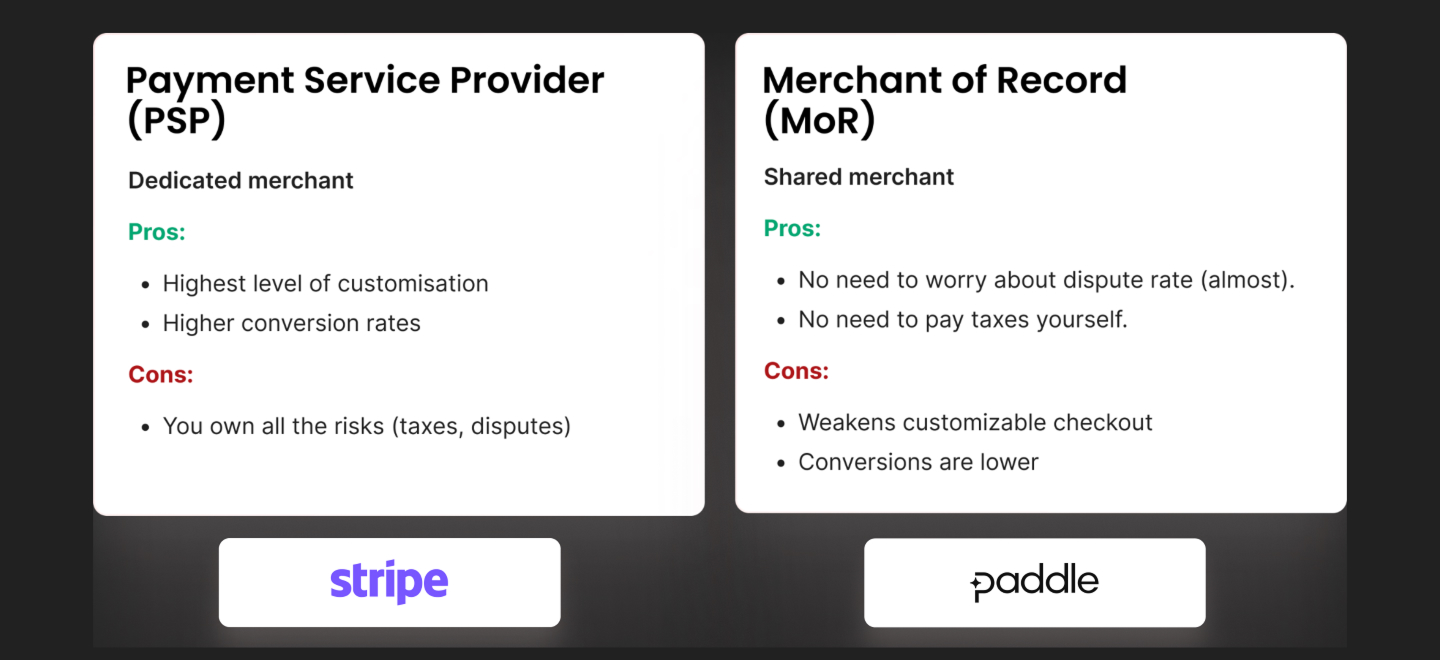
Top-performing funnels often combine both. For example, you can use Stripe for card payments and Paddle for PayPal transactions (avoiding direct PayPal risks). A dual setup ensures you’re never stuck if a provider fails, freezes your account, or blocks a transaction method.
💡 Keep in mind regional preferences. If you target the US or Tier-1 countries, enable payments via Apple Pay, Google Pay, and PayPal. For LATAM or Asia, choose locally popular payment methods.
5. Grow revenue with tested monetization strategies
Here are three monetization strategies to make your funnels more profitable:
- Test a paid trial that auto-converts into a subscription
Common setup is the 1- or 2-week trial followed by monthly, quarterly, or annual plans. - Offer flexible 3-option subscription plans
Present users with three pricing options, like monthly, quarterly, and annual plans (1/4/12 weeks is another popular configuration). - Upsell and cross-sell to boost LTV by 15-20%
These could be one-time offers when you sell extras (e.g., workbooks, guides, or exclusive plans) immediately after checkout. Or, you can offer an additional subscription for a related service or premium feature.
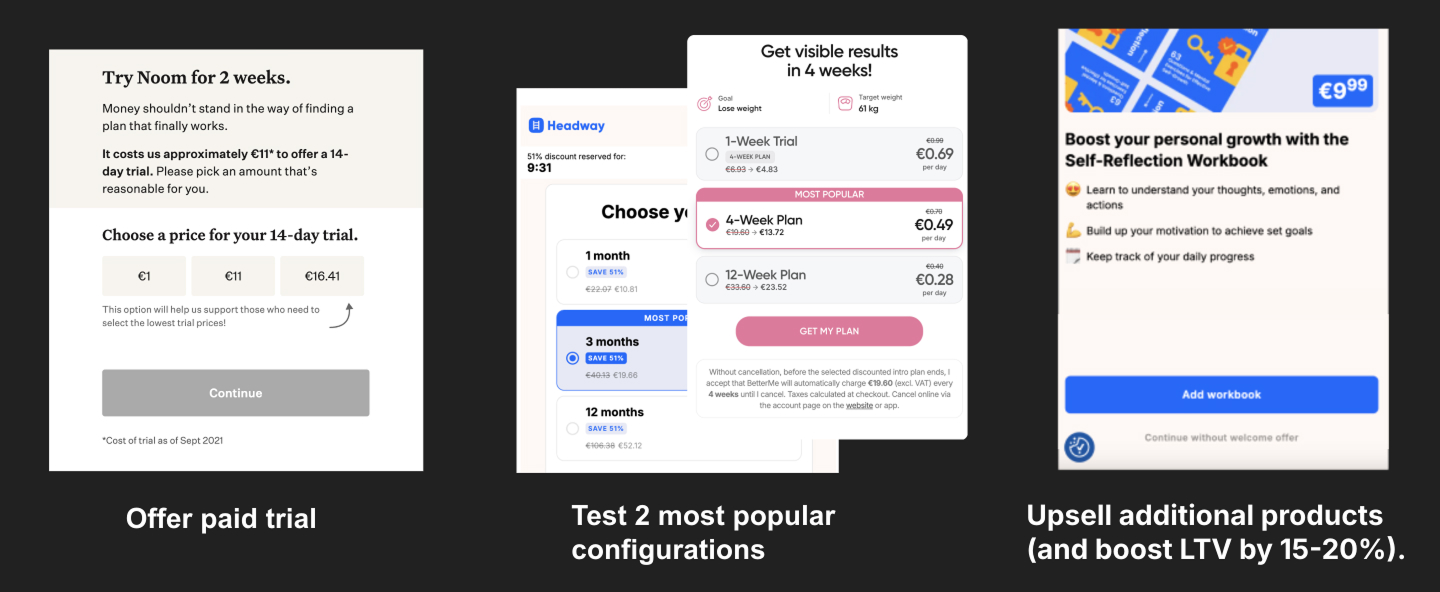
💡 Don’t push upsells too aggressively. Be clear about the offer—make it easy for users to understand that they’re purchasing an additional product. Also, consider timing as bombarding users with multiple offers will only kill both trust and conversions. Upsells work better when spaced out thoughtfully.
Wrapping it all up
So here’s the distilled formula of success with web-to-app campaigns: start small, test everything—creatives, channels, monetization—and scale what works.
Sounds like a grind? The trick is that with FunnelFox you can build, test, and optimize your web-to-app funnel quickly and hassle-free.
Do it solo without designers and engineers. It’s like a funnel kit where every component is pre-built, conversion-tested, and ready to roll, so you have all the tools to drive revenue right away. Launch smarter with FunnelFox.






